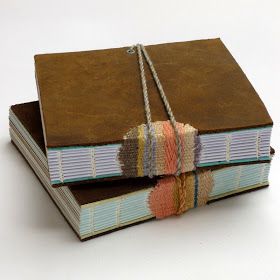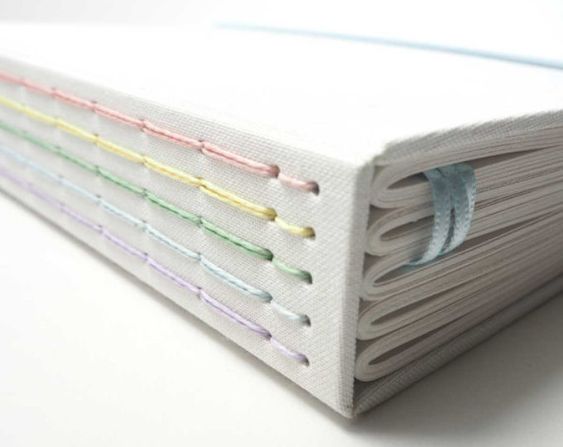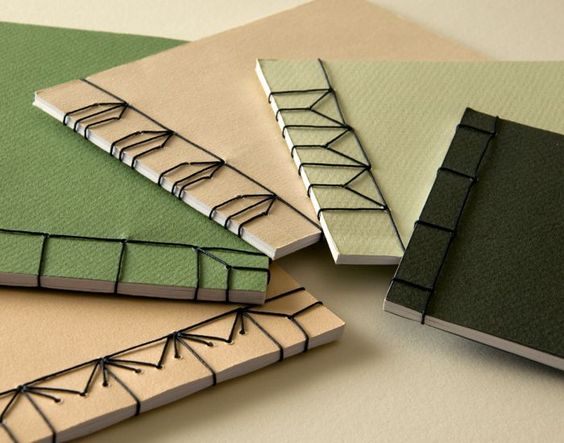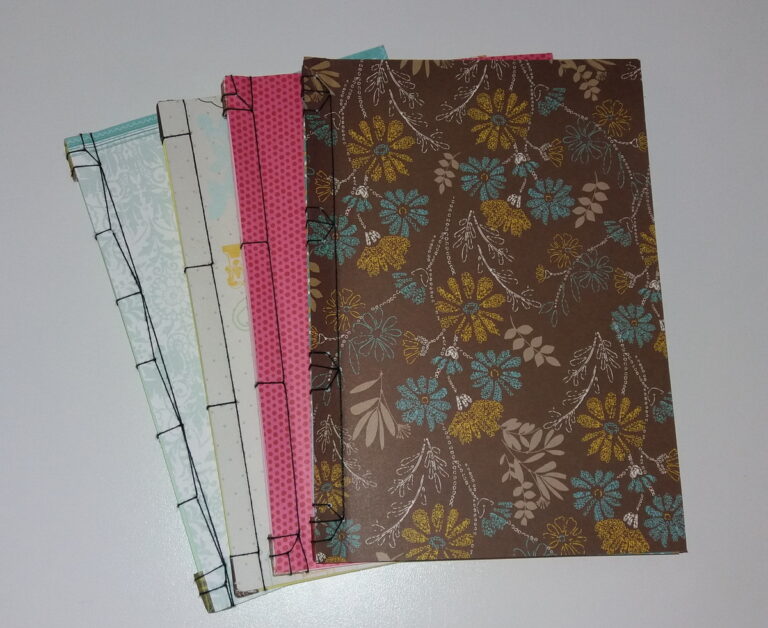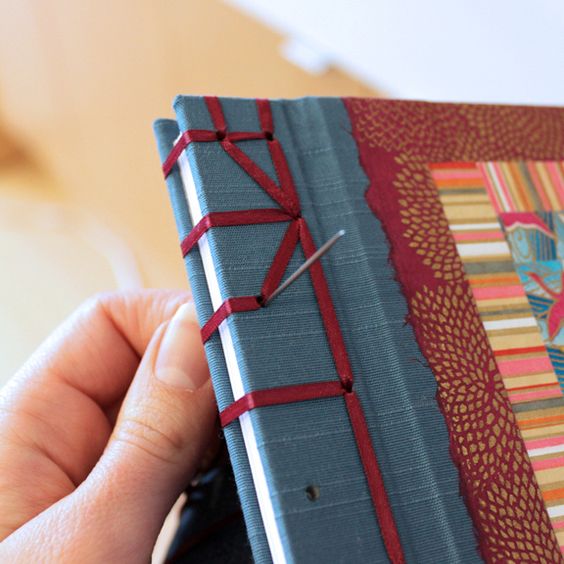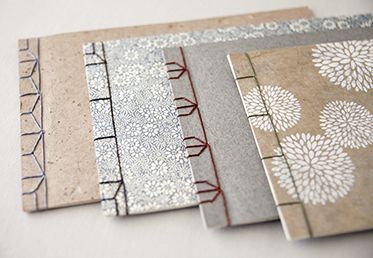Handmade Art: Adding a Touch of Japan to Binding
In the digital age we live in, where most things are mass-produced and machines perform repetitive tasks, there is a unique beauty in creating something with your own hands. Handmade art has a timeless appeal, bringing with it a sense of authenticity and care that is difficult to replicate. One field where this approach has flourished is artisanal bookbinding, a practice that can be enhanced by adding a touch of Japan to it.
The art of performing manual activities, often referred to as crafts, is a practice that involves creating objects or works of art using the hands and technical skills. This form of artistic expression has a long history and has played a significant role in cultures around the world. Here are some important aspects to consider when talking about the art of performing manual activities:
- Creativity and personal expression: Crafts provide a platform for personal expression and creativity. Artisans can create unique objects that reflect their worldview, emotions and identity.
- Diversity of materials : Crafts can be made with a wide variety of materials, including wood, ceramics, fabric, metal, glass, paper, stone, among others. The choice of materials can significantly influence the final result of the handmade piece.
- Skills and techniques: Carrying out manual activities often requires a high level of skill and mastery of specific techniques. This includes sculpting, carving, sewing, embroidery, painting, casting, among many other skills.
- Connection to tradition: Many crafts have deep roots in cultural tradition and are passed down from generation to generation. These traditions can be an important way to preserve a society’s history and values.
- Therapy and well-being: Practicing manual activities can be therapeutic and beneficial for mental health. It allows people to focus on the present, relieve stress and develop problem-solving skills.
- Craft market: Crafts can also be a source of income for many people. Handcrafted pieces can be sold at fairs, specialized stores, online or directly to consumers.
- Contemporary craft movements: In recent years, there has been a resurgence of interest in crafts in many parts of the world. The “do it yourself” (DIY) movement and the search for artisanal and personalized products have driven the popularity of crafts.
- Sustainability: Many artisans are adopting sustainable practices, using recycled materials and minimizing waste in their creations. This aligns with the growing concern for the environment.
- Community and learning: Practicing crafts often involves interacting with other people, whether in classes, craft groups or online communities. This interaction can create a sense of belonging and provide opportunities for learning and knowledge sharing.
In short, the art of performing manual activities is a rich and diverse form of artistic expression that encompasses a wide range of materials, techniques and traditions. It plays an important role in culture, the economy and the well-being of people around the world.
Table of Contents
The Beauty of Handmade Binding
Binding is an ancient technique used to join pages and protect content. While industrial binding has its uses, handmade binding adds a level of care and attention to detail that cannot be matched. Every stitch, every fold and every choice of material is an expression of the artisan’s dedication to his creation. This results in unique pieces, full of personality and meaning.
The Japanese Influence on Handmade Art
Japan is known for its rich craft heritage. Japanese aesthetics value simplicity, harmony with nature and attention to detail. These principles can be easily incorporated into artisanal binding, elevating it to a new level of elegance and refinement.
Quality Natural Materials
Materials play a crucial role in handmade bookbinding. In Japan, choosing materials is a careful decision. Washi paper, for example, is a traditional type of Japanese paper handmade from natural fibers. Its unique texture and durability make it a popular choice for bookbinding. By using high-quality natural materials, the binding gains not only in aesthetics, but also in longevity.
Simplicity and Minimalism
Japanese aesthetics are characterized by their elegant simplicity. This can be incorporated into the binding through design and layout choices. Less is more: by adopting a minimalist approach to decoration and use of colors, the beauty of materials and craftsmanship comes to the fore.
Folding and Sewing Techniques
Japanese binding is a traditional binding technique that stands out for its beauty and simplicity. It involves stitching loose pages or sheets together into a book or notebook using thread, usually in decorative patterns. The folding and sewing techniques in Japanese bookbinding are fundamental to creating durable and visually appealing books or notebooks. Below, I will describe the main aspects of these techniques:
Bending Techniques:
- Page folding: The first step in Japanese bookbinding is to fold the pages or sheets that will be used in the book. The sheets are usually folded in half to create two pages, and the number of sheets folded will determine the number of pages in the book.
- Cover folding: In addition to the inner pages, the book covers are also folded. They are generally thicker and can be made from stronger paper, cardboard or even fabric.
Sewing Techniques:
- Kangxi: This is a basic and common Japanese sewing technique. It involves sewing the pages and covers together using a zigzag pattern, creating a series of diagonal stitches that run across the spine of the book. The thread is tied to secure the seam.
- Yotsume toji: In this method, the stitches form a pattern of squares, hence the name “yotsume” (which means “four eyes” in Japanese). Stitching is done in four stitches instead of a single zigzag stitch.
- Noble binding: This is a more elaborate stitching method that creates an elegant and refined appearance. The stitches are evenly spaced and stitched at regular intervals along the spine of the book.
- Asa-no-ha toji: This sewing technique is known for creating a “basil leaf” pattern on the spine of the book. It is a symmetrical pattern that resembles basil leaves and is very visually appealing.
- Coptic: Although the Coptic stitching technique has origins outside of Japan, it is often used in modern Japanese bookbinding. Coptic stitching involves stitching the leaves directly onto the covers, creating a unique, exposed appearance.
Important considerations:
- Precision is essential in Japanese folding and sewing techniques to ensure the book lies straight and the pages do not come loose.
- The choice of stitching type and stitching pattern will depend on the aesthetic effect desired for the book.
- The selection of quality materials, including paper, threads and covers, is fundamental to the durability and aesthetics of Japanese binding.
Japanese bookbinding is an artistic and functional way of creating books, notebooks and albums that is appreciated not only for its usefulness, but also for its unique aesthetics and attention to detail. It allows bookbinders to express their creativity through choices of sewing patterns and materials.
The Creative Process
Creating a handcrafted binding with a touch of Japan is a process that combines technique and inspiration. Here are some key steps to add that special touch:
1. Choice of Materials
Start by selecting the appropriate materials. Choose high-quality papers, such as Washi paper, which bring a unique tactile sensation. Also choose stitching threads that complement the colors of the paper and add an interesting visual element.
2. Cover Design
Keep the cover design simple and sophisticated. Think about elements of nature, such as stylized flowers or leaves, that can be incorporated in a subtle way. Remember that beauty is in simplicity.
3. Sewing Techniques
Try different Japanese sewing techniques for the spine. Each sewing pattern adds a unique charm to the book. From the “Yotsume toji” style, which resembles a grid, to the “Asa-no-ha” style, which resembles clover leaves, there are options for all tastes.
4. Final Details
Pay attention to the final details. Make sure all seams are tight and the folds are aligned. This demonstrates your dedication to your work and guarantees an impressive final result.
Valuing Tradition in a Modern World
In today’s fast-paced world, taking the time to create something with your own hands is an act of resistance. Handmade binding with Japanese influences is a way to value tradition while embracing contemporary times. Each book produced becomes a unique work of art, a piece that tells a story not just through the words on its pages, but also through the creative journey that brought it to life.
At a time when the world values the new and the fast, handmade art reminds us of the importance of connecting with slower, more meaningful processes. Adding a touch of Japan to the binding is one way to honor this connection, creating something that echoes the timeless beauty of two intertwined artistic traditions.
Conclusion
Handmade bookbinding is an art form that allows you to express creativity, dedication and appreciation for tradition. By incorporating elements of Japanese aesthetics, this practice gains a new level of refinement and elegance. The choice of high-quality natural materials, the search for simplicity, the application of traditional sewing techniques and the careful creative process are all elements that elevate handmade binding to a higher level. In this modern world where mass production is prevalent, taking the time to create something with your own hands is a valuable reminder of our ability to create unique and lasting beauty. So consider exploring bookbinding with a touch of Japan – a journey that unites past and present in a truly captivating way.

